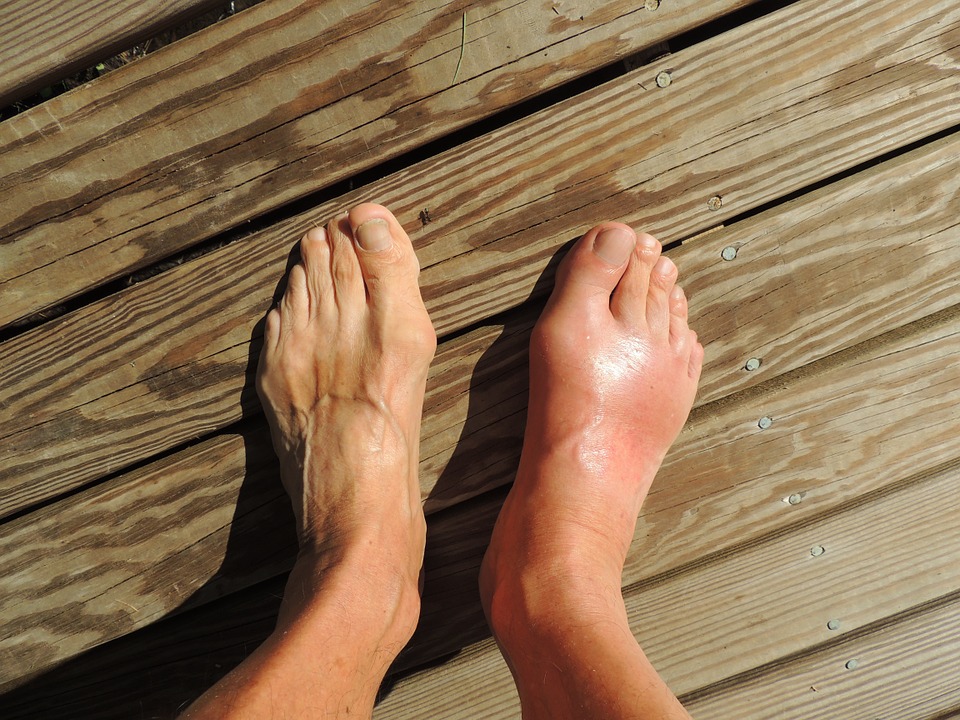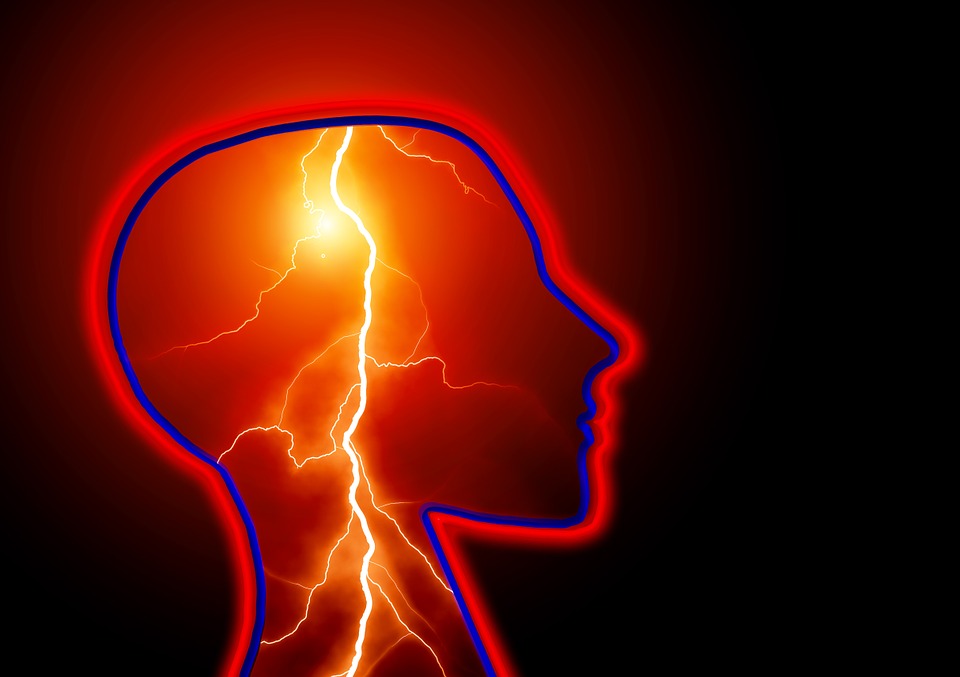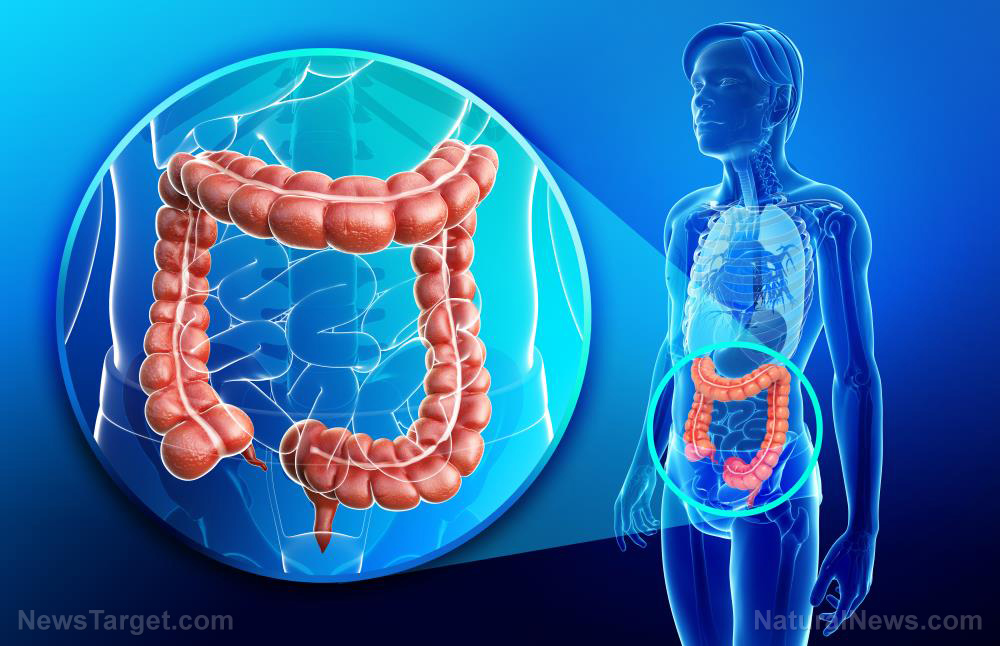This powerful flavonoid reduces cognitive impairment caused by traumatic brain injury
10/17/2018 / By Edsel Cook

Chinese researchers tested the flavonoid called icariin for its ability to improve the cognition of patients who suffered a traumatic brain injury. They reported that the flavonoid could raise the level of hippocampal acetylation, which in turn improved the cognition of the patient.
Their efforts were supported by Jiangsu University. They published their findings in the Chinese Journal of Integrative Medicine.
- Icariin is a flavonoid found in several species of Epimedium. It has several beneficial pharmacological effects that allow it to protect the brain, treat depression, and prevent dementia.
- A mouse model simulated traumatic brain injury (TBI) in humans. The animals were divided into the control group, the low dose group that 75 received milligrams per kilogram of body weight (mg/kg BW), and the high dose group that got 150 mg/kg BW. There was also a sham-operated group of normal rats as a point of comparison.
- Icariin treatment lasted for 28 days. Several tests measured acetylcholine, choline acetyltransferase, and acetylated H3 and H4.
- Mice treated with icariin performed better during the Morris water maze test. They displayed higher levels of hippocampal ACh, as improved levels of mRNA and protein related to choline acetyltransferase, and higher levels of acetylated H4 and H4.
- The high dose (150 mg/kg BW) of icariin was able to greatly improve the performance of the TBI mice during the water test. They also achieved better levels of beneficial compounds related to cognition.
The researchers concluded that icariin improved the impaired cognition of mice that suffered from traumatic brain injuries.
Read more about the benefits that icariin brings to your brain at Brain.news.
Journal Reference:
Zhang Z-G, Wang X, Zai J-H, Sun C-H, Yan B-C. ICARIIN IMPROVES COGNITIVE IMPAIRMENT AFTER TRAUMATIC BRAIN INJURY BY ENHANCING HIPPOCAMPAL ACETYLATION. CHINESE JOURNAL OF INTEGRATIVE MEDICINE. 9 January 2018;24(5):366–371. DOI: 10.1007/s11655-018-2823-z.
Tagged Under: brain health, cognition, cognitive health, cognitive impairment, Epimedium, flavonoids, hippocampus, icariin, natural cures, nutrients, nutrition, traumatic brain injury


















